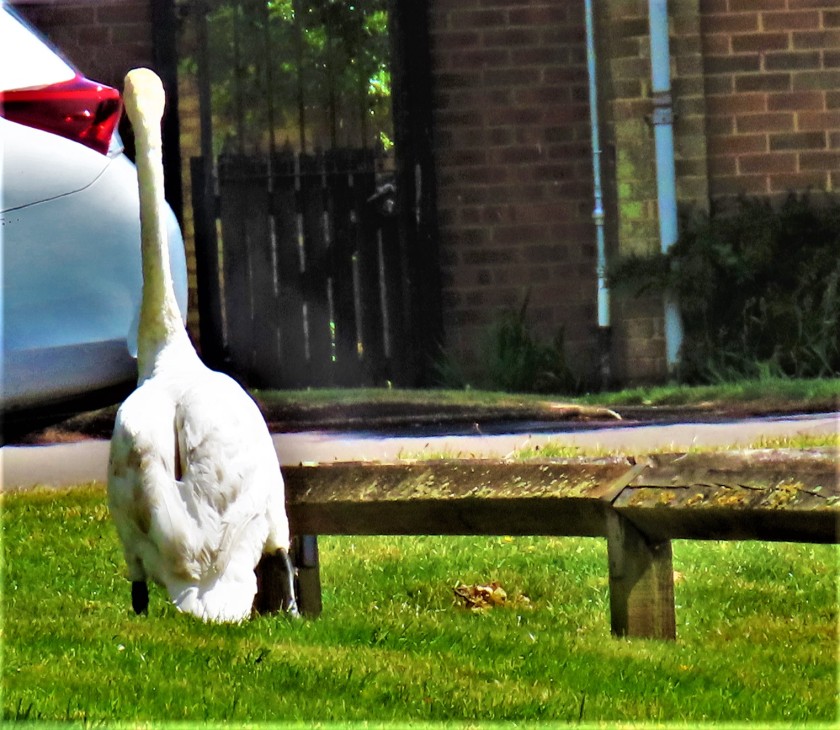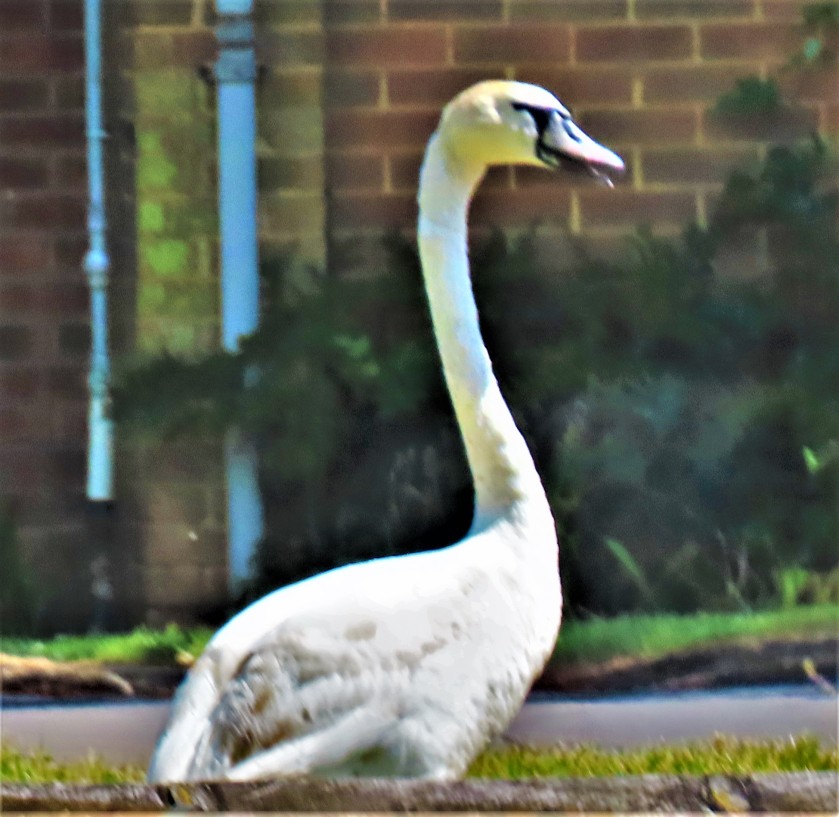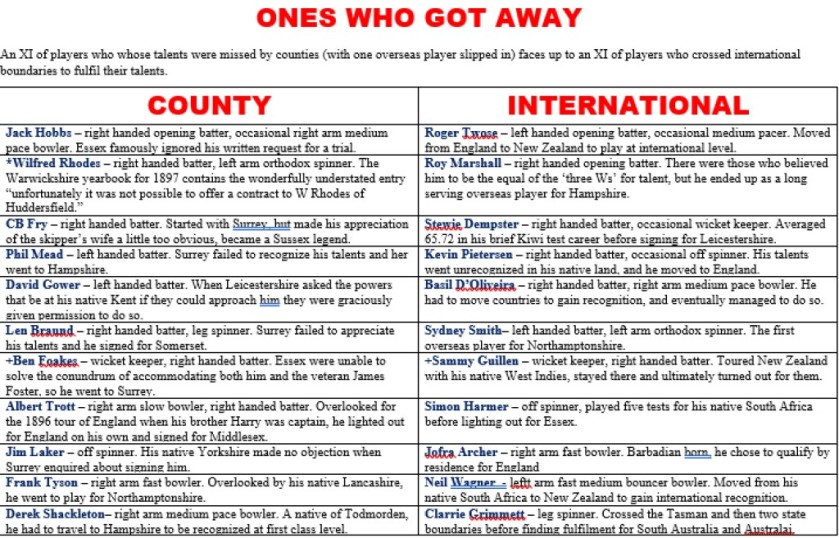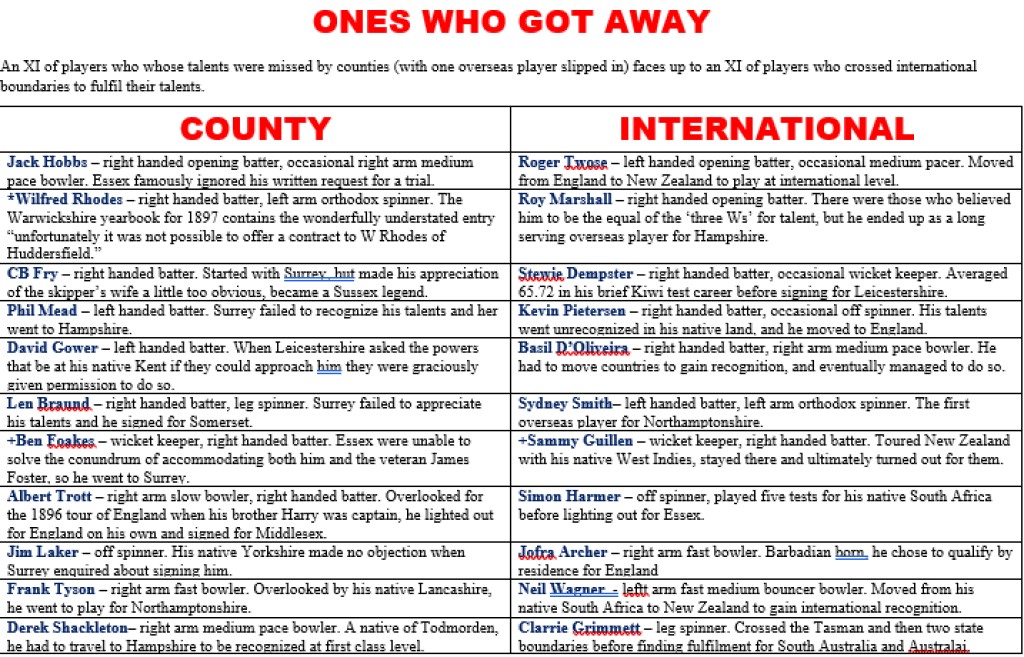INTRODUCTION
Welcome to another ‘all time XI‘ cricket post. Today our we look at players whose talents were overlooked somewhere along the line, but who came through. We have an XI mainly comprising players who made it big after their first county overlooked them, with an overseas player to boost them and an XI of players who moved countries to make it. A little bit of good news – when TMS live coverage, as opposed to the ‘retrolive’ I am currently enjoying, resumes, it will be without the obnoxious Boycott.
THE ONES THAT GOT AWAY – COUNTY
- Jack Hobbs – right handed opening batter, occasional right arm medium pace bowler. While his mentor and fellow Cambridge native Tom Hayward was lobbying Surrey on his behalf the man himself wrote to Essex requesting a trial. The letter was ignored, but thankfully Surrey listened to Hayward. 61,237 first class runs at 50.65 and 197 centuries rather emphatically demonstrates which county got this one right!
- *Wilfred Rhodes – left handed batter, left arm orthodox spinner. There is an entry in the Warwickshire year book for 1897 which reads “unfortunately it was not possible to offer a contract to W Rhodes of Huddersfield.” In that same year of 1897 Bobby Peel, the incumbent Yorkshire left arm spinner, disgraced himself and saw his first class career brought to a sudden close. Rhodes was given his chance for his native county, took 13 wickets in the match first time out for them and never looked back. He and Hobbs opened together for England just before World War 1, and on one occasion against the old enemy they put on 323 together to launch the innings, Hobbs first out for 178, Rhodes second out, with the score at 425, for 179.
- Charles Burgess Fry – right handed batter. Having grown up in southwest London, albeit attending boarding school in Derbyshire (Repton, where he competed for sporting honours with the Palairet brothers, Lionel who subsequently opened for Somerset and Richard, assistant manager of the 1932-3 Ashes tour party) he began his county career for Surrey. Unfortunately for him and Surrey he took a slightly too obvious shine to the wife of then skipper Kingsmill Key, leading to his departure from the county, and the start of his association with Sussex.
- Phil Mead – left handed batter. He began his career with Surrey, where he was considered to be mainly a bowler, and they let him go. He signed for Hampshire, and ended his career with the 4th highest career aggregate of first class runs (55,061) and also 4th highest ever tally of centuries (153) ever assembled.
- David Gower – left handed batter. When Leicestershire made enquiries about speaking to a talented teenage left hander his native Kent raised no objections, and David Ivon Gower headed for the east midlands. A few years later at the age of 21 he was making his England debut and announcing his presence at the highest level by hitting his first ball at that level for four and going on to score 58. Later that year he scored his maiden test century, and then that winter his maiden Ashes century, ultimately becoming only the second England batter to reach 8,000 test runs. When he decided to leave Leicestershire, he considered two options, Kent and Hampshire, and for the second time it was Kent who missed out, as he signed for Hampshire.
- Len Braund – right handed batter, leg spinner. Like Phil Mead he failed to make a sufficient impression on the folk at The Oval. He headed for Somerset, and after an incident in which he was selected for a game at Lord’s before having served his residential qualifiying period he went on to a distinguished career for both Somerset and England.
- +Ben Foakes – wicket keeper, right handed batter. To be unwilling to drop the veteran James Foster to make way for a talented youngster is understandable, but allowing said youngster to fly the coop altogether is less so. Foakes signed for Surrey, and has subsequently played for England, a position that many think should be his as a matter of course, rather than merely for a handful of appearances.
- Albert Trott – right arm slow bowler, right handed batter. Overlooked for the 1896 tour of England after a sensational start to his test career (and the captain of that party was his brother Harry) he made his own way to Blighty and signed for Middlesex. In 1899 and 1901 he combined a haul of over 200 first class wickets with a tally of over 1,000 first class runs (an equivalent in today’s shorter FC season would be 100 wickets and 500 runs). He and Wilfred Rhodes were together when the Players completed a dramatic chase of 501 in under seven hours to beat the Gentlemen at Lord’s in 1900.
- Jim Laker – off spinner. When Surrey made enquiries about signing a young spinner from Bradford no one up north thought to raise an objection. James Charles Laker duly became a Surrey cricketer, and went on to become the greatest off spinner of the era, and possibly the greatest England ever had, with all due respect to Mr Swann.
- Frank Tyson – right arm fast bowler. Lancashire failed to impressed by a young quick bowler, and he headed for pastures new, in this case Northamptonshire. In the next few years Lancashire would discover just what a rick they had made, as Frank Holmes Tyson blazed across the cricketing skies like a meteor. In a final irony Tyson’s greatest cricketing moments came in partnership with Brian Statham of Lancashire.
- Derek Shackleton – right arm medium pacer. A reverse of Phil Mead, who was overlooked at The Oval because his bowling was not up to standard. Shackleton was viewed in his native north (he was born and raised in Todmorden) as a batter, his bowling rarely used. He moved south to Hampshire, and after a brief and unsuccessful dalliance with leg spin he reverted to his natural medium pace, and in 1949 achieved his first season haul of 100 first class wickets, a feat he would repeat for every season until 1968, 20 successive seasons in total, ending his career with the eighth highest total of first class wickets ever recorded.
This team has a fine top five, a genuine all rounder in Braund, a great keeper who can certainly bat and a great quartet of bowlers. Tyson and Shackleton would probably combine well as an opening pair, and Trott, Laker, Braund and Rhodes are an excellent looking slow attack.
INTERNATIONAL ESCAPEES XI
- Roger Twose – left handed opening batter, occasional medium pace bowler. He played well for Warwickshire but was never able to attract the attention of the England selectors. So when the opportunity to play for New Zealand arose he accepted gratefully. His test record was modest but he did superbly in ODIs.
- Roy Marshall – right handed opening batter. When he first appeared on the scene there were those who thought he would be a match for the ‘three Ws’ who dominated Caribbean batting at the time. In the event he signed for Hampshire, and scored stacks of runs for them, his test promise remaining unfulfilled.
- Stewie Dempster – right handed batter. A brief but spectacular career for New Zealand, which saw him average 65.72 in 10 test matches ended when he signed for Leicestershire, who he served well for a long period.
- Kevin Pietersen – right handed batter, occasional off spinner. Believing that his talents were going unrecognized in his native South Africa he moved to England. With an English mother the qualifying period was less for him than if he had had no connection to England, but still long enough for him to burn his bridges at one county (Nottinghamshire), and it was only after a move to Hampshire that he played for his new country. He top scored in both innings of his debut test, albeit in a losing cause, and at the end of that series played the innings that ensured that England would regain The Ashes. He went on to average just a bit below 50 in test cricket.
- Basil D’Oliveira – right handed batter, right arm medium pace bowler. The colour of his skin condemned him to second class status in his native South Africa, but he managed to escape, helped by John Arlott. By the time he was called up for England he was 35 years old, but he still averaged over 40 in test cricket, playing his last match at that level as a 41 year old. The events surrounding the aborted 1968-9 tour of South Africa finally forced people to take notice of the way South Africa conducted itself, and a visit by Bradman in 1971 in which he met with South African leader Vorster and was shocked by the latter’s behaviour and attitudes led to the final banishment of apartheid South Africa, although Ali Bacher and others made misguided efforts on their behalf by doing things like organizing rebel tours, it was only after the abolition of apartheid that South Africa were readmitted.
- Sydney Smith – left handed batter, left arm orthodox spinner. He was born in the West Indies, long before they became a test nation. He got to show what he could do in front of wider audience because he qualified by residence for Northamptonshire. He did the double in his first season for them, and enjoyed a most distinguished career for them.
- +Sammy Guillen – wicket keeper, right handed batter. He was picked for his native West Indies for a tour of New Zealand, stayed there and ended up playing for them later in his career.
- Simon Harmer – off spinner, useful lower order batter. After playing five tests for South Africa he decided to sign for Essex as a ‘Kolpak’, and has rendered them colossal service. He is now qualified by residence for England, but the rise of Dominic Bess, the fact that Amar Virdi is clearly knocking on the door, the presence of spinners of other type such as Leach and Parkinson, and the more distant but visible prospects of the likes of Liam Patterson-White and the all round talents of Lewis Goldsworthy mean that at least as far as I am concerned it would be a retrograde step for him to be selected for England at this stage. This is not intended as a reflection on Harmer, a denigration of his qualities, or least of all a suggestion that people who have started elsewhere should not play for another country. It is his misfortune that he has qualified at the same time as England after a fallow few years have started to develop some serious spinning talent.
- Jofra Archer – right arm fast bowler. The Barbadian born fast bowler, inspired by Chris Jordan, decided to try his luck in England. Having qualified by residence for his new country he played a crucial role in its triumph in the 2019 World Cup, including being chosen the bowl the ‘super over’ that settled the final. He subsequently had some great moments in the test arena, and will be part of England’s plans for some years to come.
- Neil Wagner – left arm fast medium bowler (mainly bouncers). Another who left South Africa to find fulfillment elsewhere, in his case in New Zealand. He has had considerable success for New Zealand.
- Clarrie Grimmett – leg spinner. He had cause for reckoning that he had to move if he was going to make the most of himself as a cricketer – as it happened he was already 38 by the time his native New Zealand gained test status, and in spite of treading a winding road that involved trying his luck in NSW and Victoria before finally breaking through for South Australia, he had been playing test cricket for over five years for his new country. His test career ended when he was not selected for the 1938 tour of England, but he played on in first class cricket until World War Two caused Australian first class cricket to be suspended in 1941.
This team has a good top five, a genuine all rounder at six, a fine keeper and four well varied bowlers. Archer and Wagner should combine well with the new ball, and D’Oliveira and Twose can provide seam back up, while Grimmett, Harmer and Smith are a fine trio of spinners.
THE CONTEST
The contest, for what I shall call the ‘Learie Constantine Trophy’ would be a good one. I certainly could not forecast a winner.
LINK AND PHOTOGRAPHS
I have introduced the concept and the teams, but just before bringing th curtain down I have an excellent video from Alex Collins about the importance of conservation:
Time for my usual sign off…










